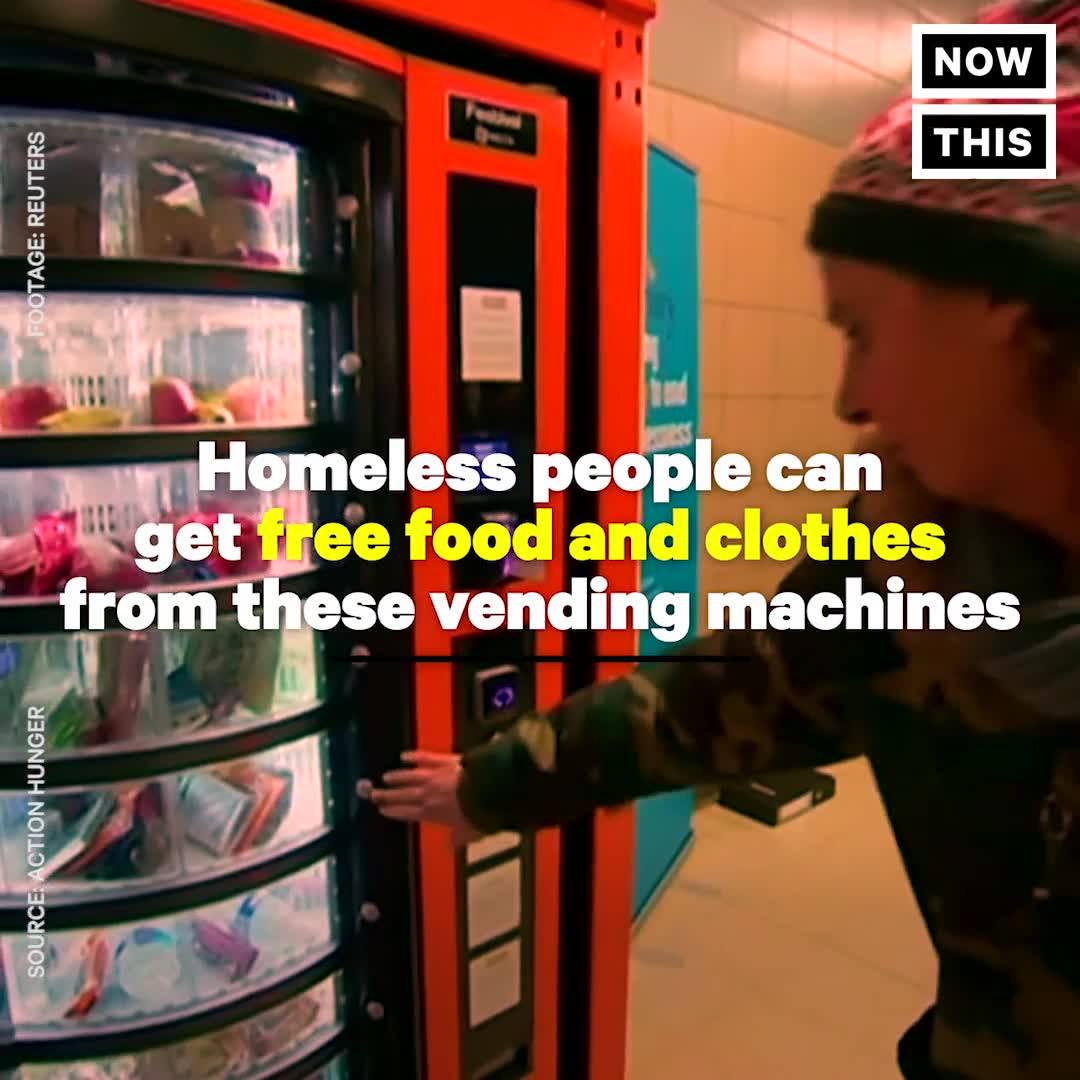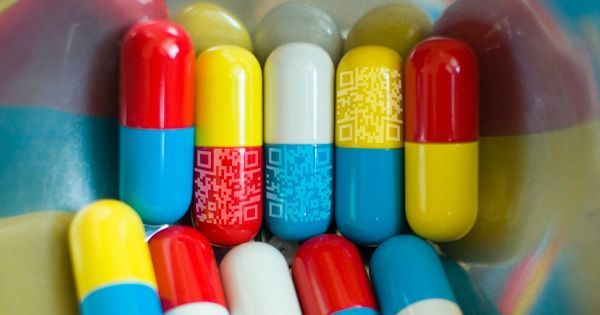Feb 14, 2018
Heart Healthy Chocolate What You Need to Know
Posted by Brady Hartman in categories: biotech/medical, food, health
Take Home Message
- The EPIC Systematic Review showed that chocolate lowered the risk of coronary heart disease by 25% and cardiovascular deaths by 45%.
- Raw cocoa powder is lower in calories when compared to chocolate.
- Cocoa has many antioxidants called flavonols, shown to be heart healthy.
- Research suggests that cocoa reduces atrial fibrillation, improves cholesterol, benefits vascular health and reduces blood pressure.
- Cocoa is the key ingredient in heart healthy chocolate.
- Dark chocolate is also heart healthy and is higher in flavonols than cocoa powder. Dark chocolate has more fat.
- Dark chocolate and cocoa powder both have their advantages.
- To get the heart health benefits of chocolate without the extra calories, add a pure cocoa powder to foods you normally consume.
Help Us Spread The Word.
Please help us spread the word on the benefits of heart healthy chocolate by sharing this article to your social media page. It takes just a simple click on any social media link on this page.
Continue reading “Heart Healthy Chocolate What You Need to Know” »


















